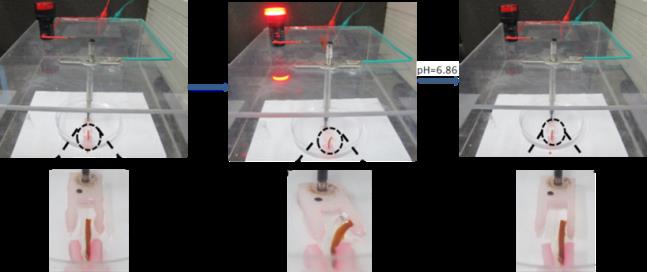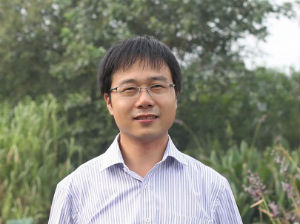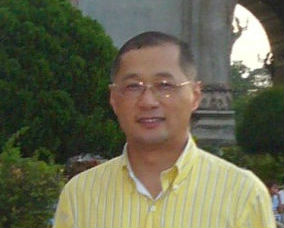
Figure 1 Glucose sensor based on the bending deformation of bi-hydrogel strip
World Health Organization (WHO) reported in their Global Report on Diabetes of 2016 that about 422 million adults were living with diabetes in 2014 globally, compared to 108 million in 1980. The global prevalence (age-standardized) of diabetes has risen from 4.7% to 8.5% in the adult population since 1980. Diabetes caused 1.5 million deaths in 2012. Blood glucose may also caused an additional 2.2 million deaths by increasing the risks of cardiovascular and other diseases.
Diabetes is the third largest cause of death following cancer and angiocardiopathy. Reliable sensing of glucose concentration is crucial for diagnosis and treatment of diabetes. Until now, the measurements of glucose concentration is usually through electrochemical (EC) methods which need glucose oxidase (GOX) to interact with glucose via a redox reaction.
A number of inherent problems are associated with the GOX-based sensors, such as inefficiency of the electron transfer between GOX active site and electrode surface. Particularly, the activity of GOX varies depending on temperature, moisture and chemical environment and denatures during the storage.
These problems may be resolved by exploring GOX-free glucose responsive bi-hydrogels, however, little has been reported in this area.
Supported by WUN, the group of professor Li Wang and associate professor Haojie Yu of Zhejiang University have worked in this area together with researchers from University of Leads and University of York. They introduced glucose-responsive phenylboronic acid (PBA) fragment to the bi-hydrogels formed through host-guest assembly of ferrocene group and β-cyclodextrin group. The prepared bi-hydrogels show different bending deformation accordingly under different concentration of glucose.
This kind of bi-hydrogel has promising application in novel reliable, highly sensitive glucose sensors based on bending deformation.
Zhejiang University, Professor Li Wang and Associate Professor Haojie Yu

